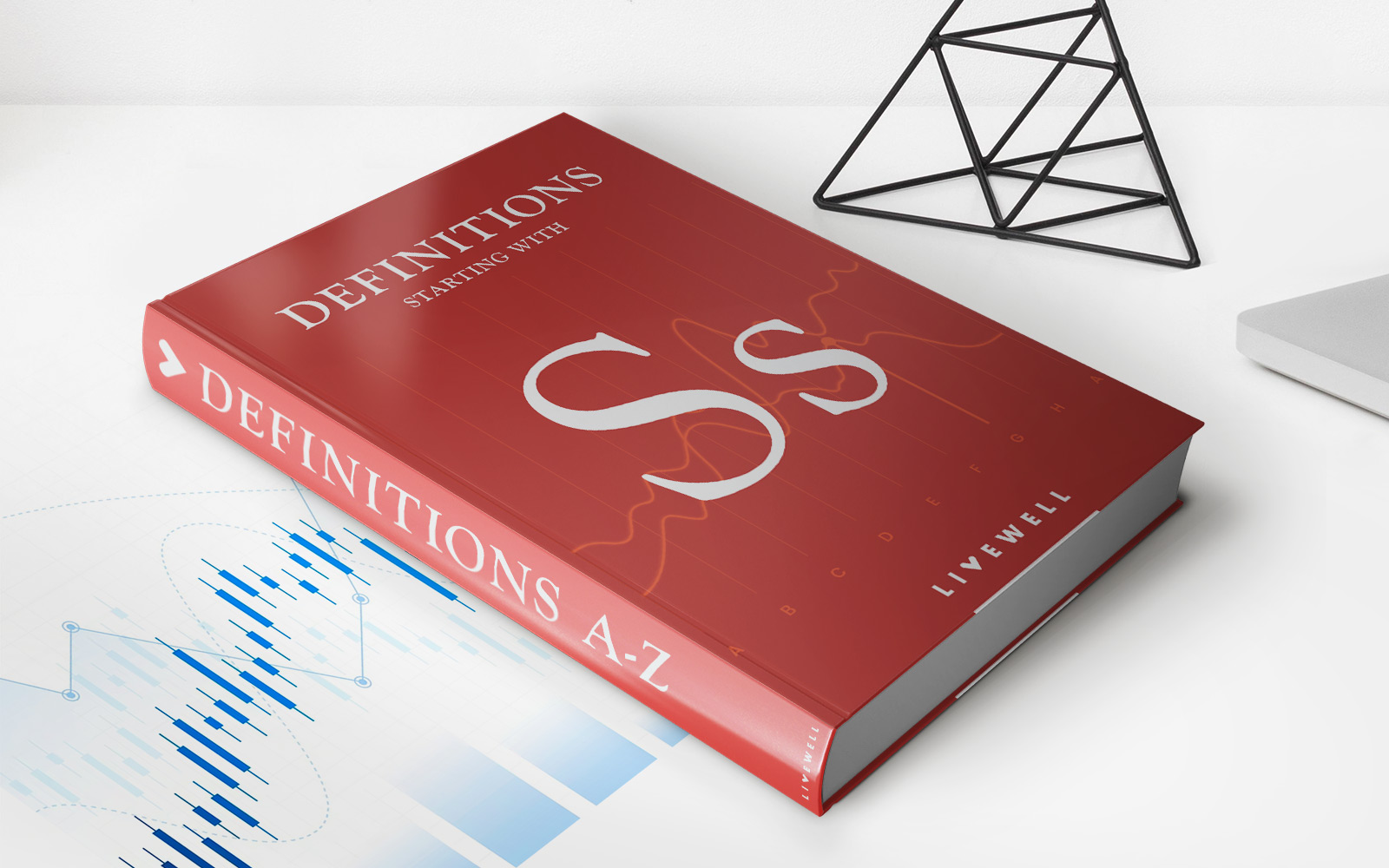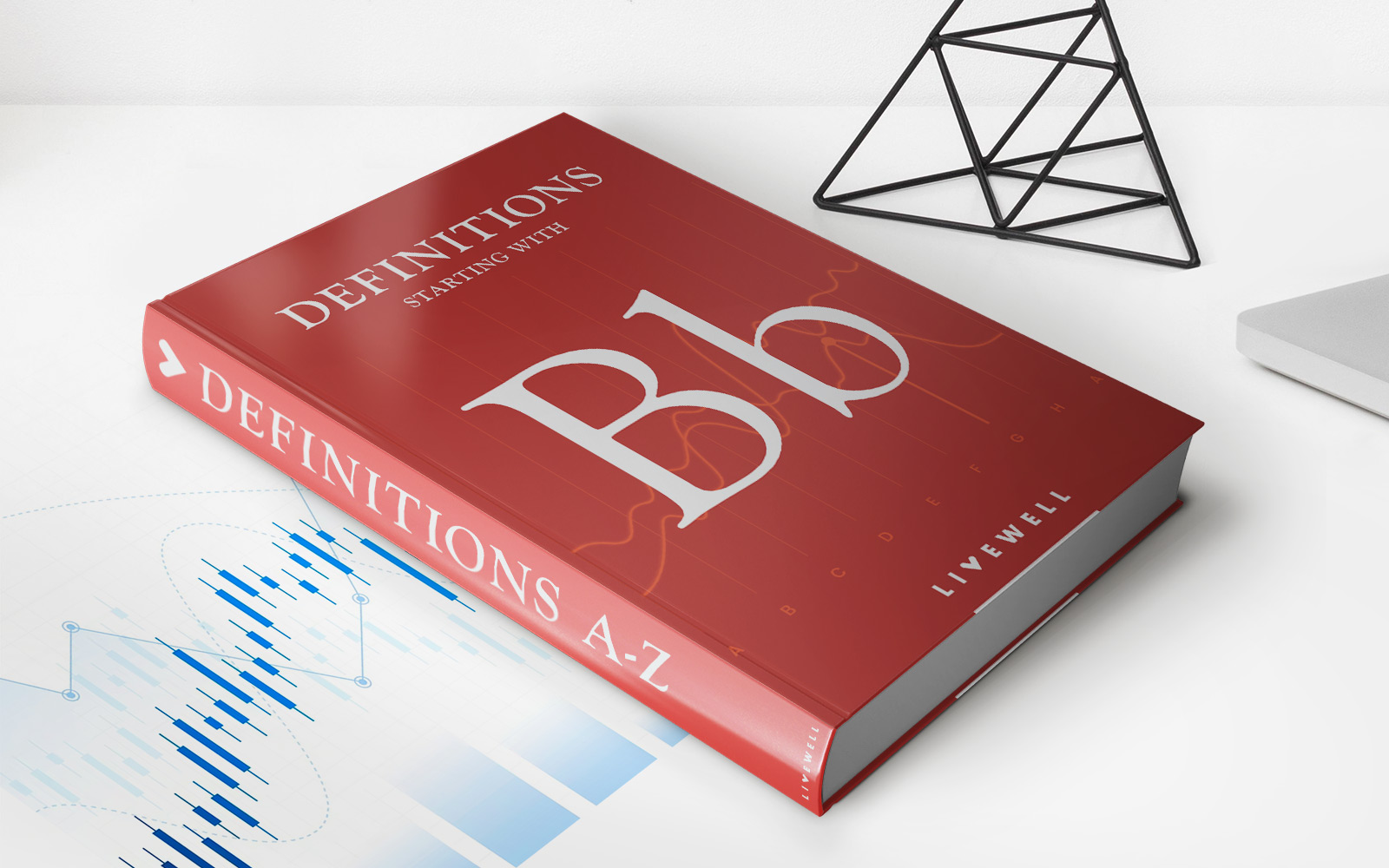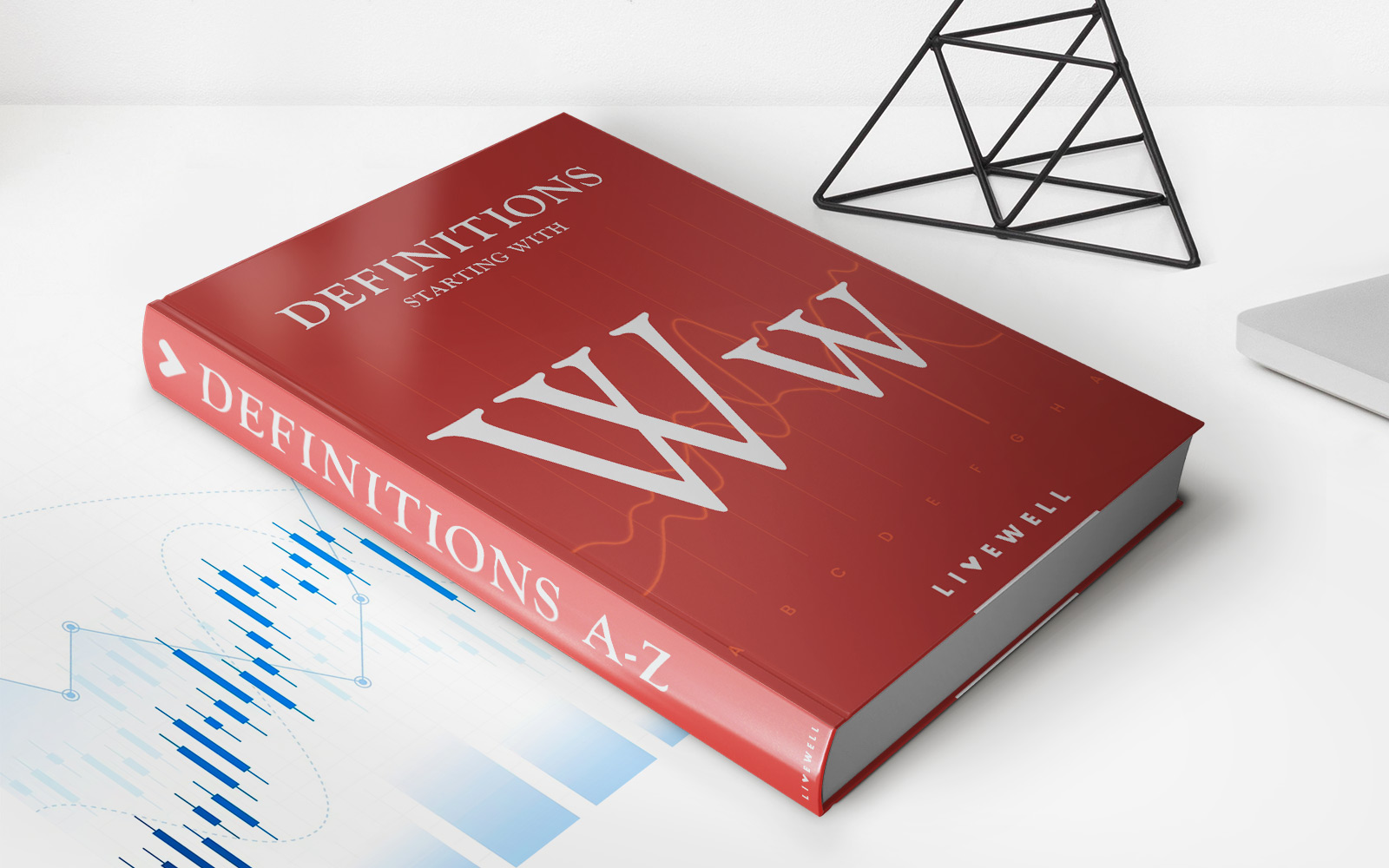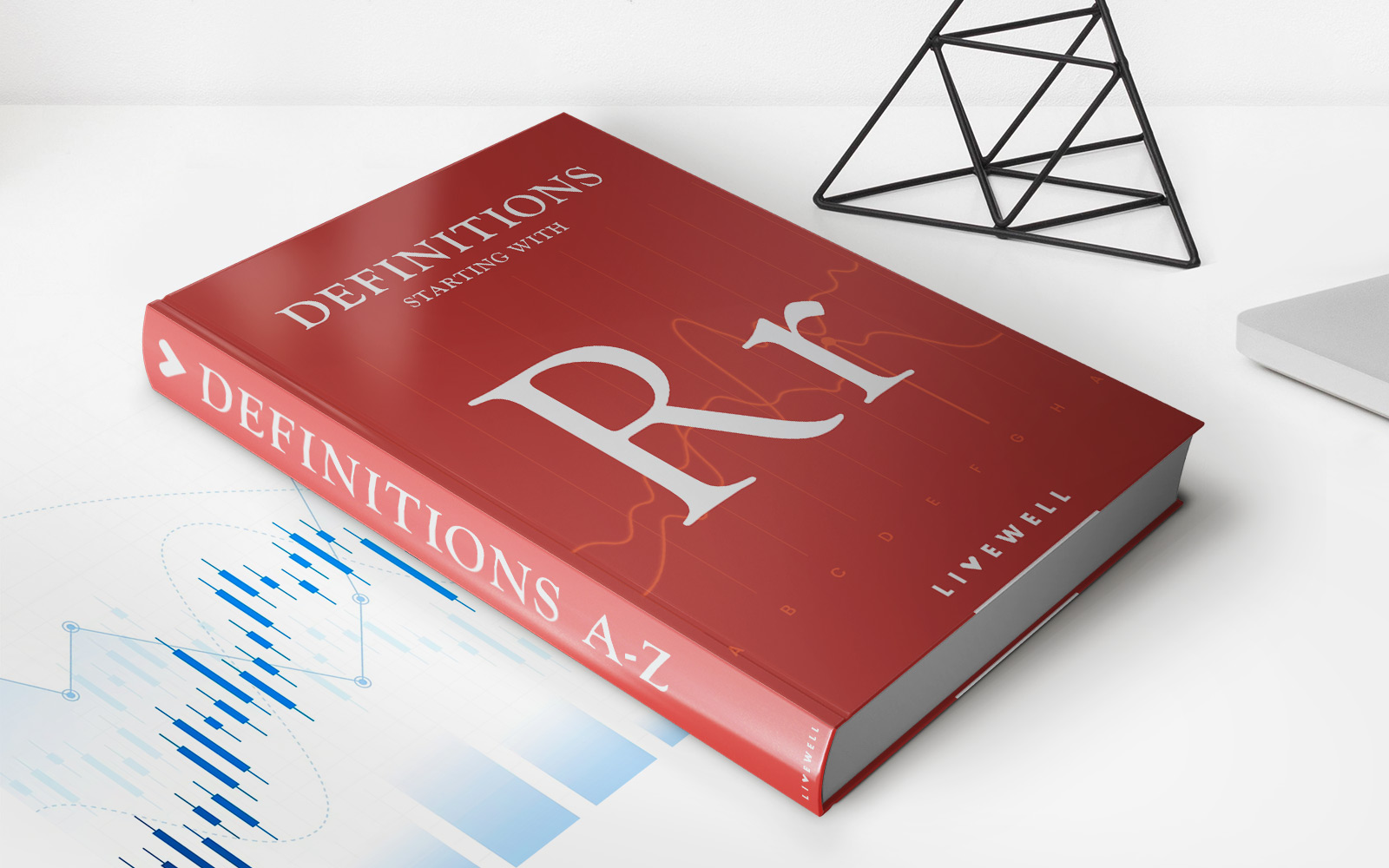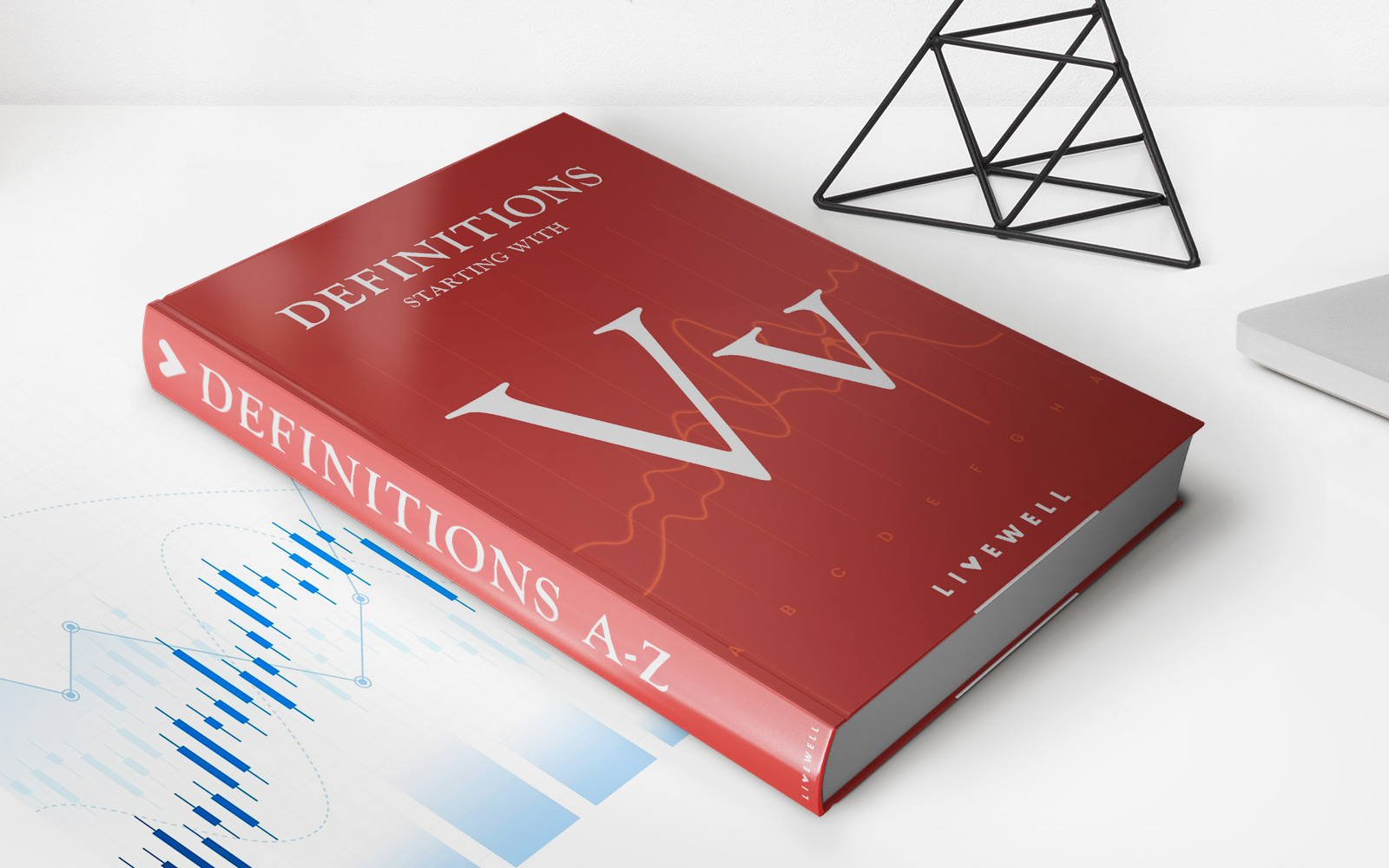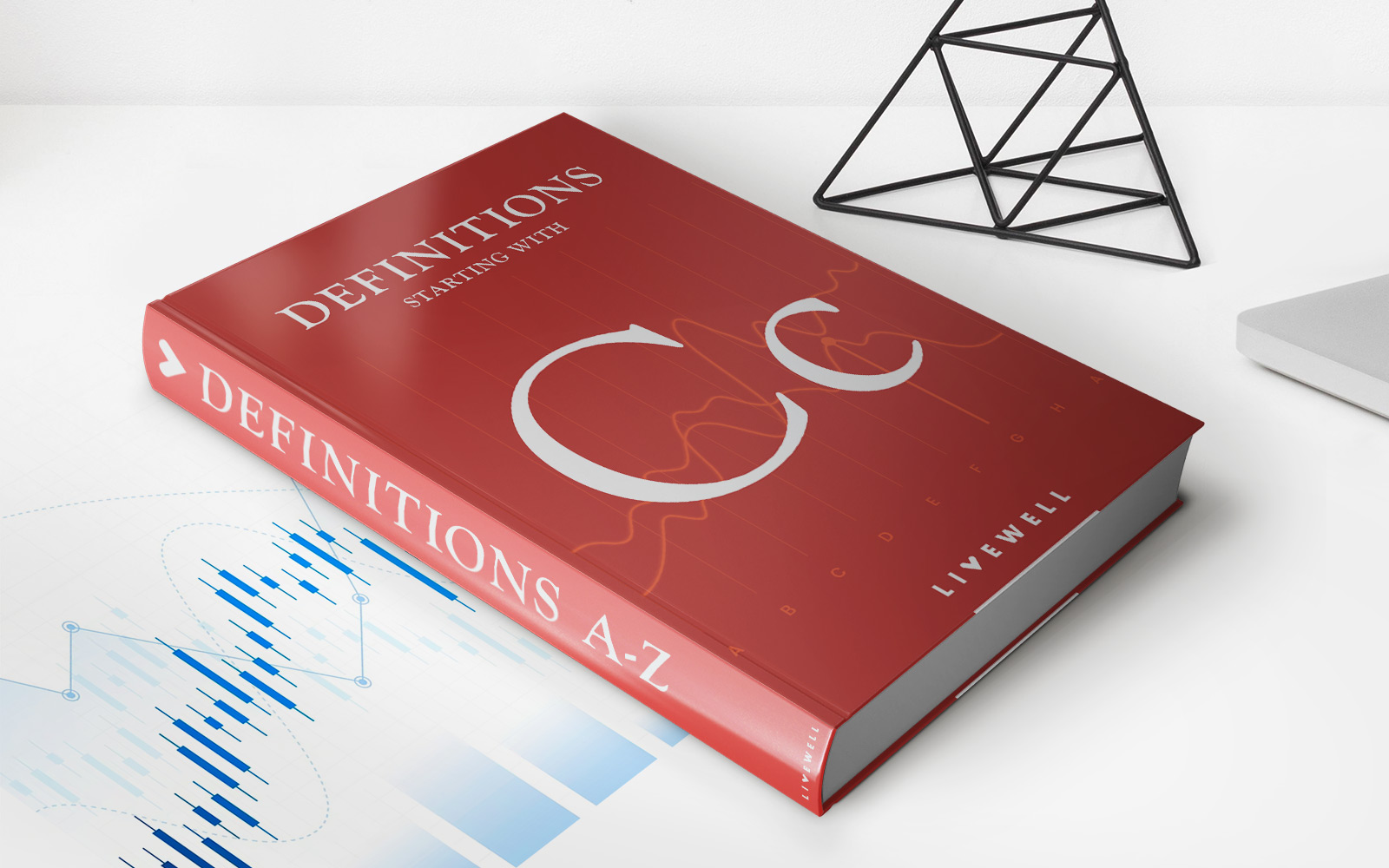Home>Finance>Bad Bank: Definition, How It Works, Models, And Examples
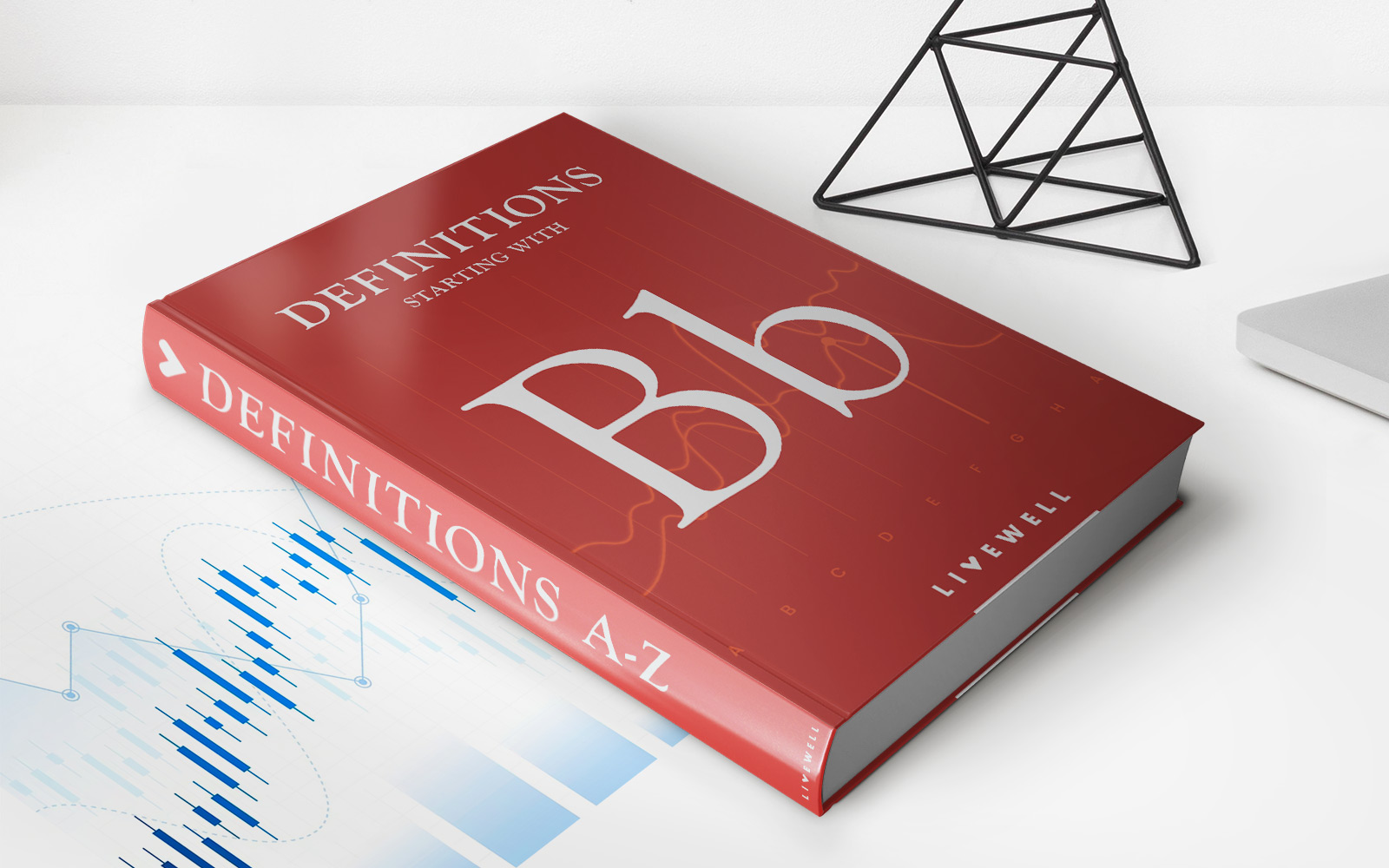

Finance
Bad Bank: Definition, How It Works, Models, And Examples
Published: October 12, 2023
Learn about the definition, working mechanism, various models, and real-world examples of bad banks in the field of finance.
(Many of the links in this article redirect to a specific reviewed product. Your purchase of these products through affiliate links helps to generate commission for LiveWell, at no extra cost. Learn more)
Bad Bank: Definition, How It Works, Models, and Examples
Welcome to our Finance category blog post! Today, we are going to dive into the fascinating world of bad banks. Have you ever wondered what a bad bank is and how it operates? Look no further! In this post, we will provide a comprehensive overview of the concept, its workings, different models, and present some real-world examples. So, let’s get started!
Key Takeaways:
- A bad bank is a financial institution created to alleviate the burden of non-performing assets from a troubled bank’s balance sheet.
- By transferring the toxic assets to the bad bank, the troubled bank can focus on its core operations and minimize risk.
What is a Bad Bank?
A bad bank, also known as a residual bank or asset management company, is a specialized financial institution established to tackle the issue of non-performing assets (NPAs) or distressed assets held by troubled banks. These assets, often loans or investments with low or no value, create financial strain on the balance sheets of the originating banks.
The primary purpose of a bad bank is to separate and quarantine these toxic assets, allowing the troubled bank to focus on its core operations and become financially stable again. It acts as a repository for illiquid and non-performing assets, assisting in their management, resolution, or eventual sale, thus reducing risk for the overall financial system.
How Does a Bad Bank Work?
The functioning of a bad bank can vary depending on the specific model adopted. However, the general workflow involves the following steps:
- Identification and transfer of non-performing or distressed assets from the troubled bank to the bad bank.
- The bad bank evaluates the assets’ value, categorizes them, and develops an efficient strategy for resolution.
- Based on market conditions, the bad bank may hold and manage the assets, work towards their revival, or initiate the process of sale.
- The bad bank aims to maximize the recovery value of these assets through various methods, such as debt restructuring, repayment agreements, or liquidation.
- Once the assets are successfully resolved or sold, the proceeds are used to repay any outstanding liabilities and reimburse the originating bank.
Different Models of Bad Banks:
Various countries have adopted different models for their bad banks. Here are three notable approaches:
- Asset Management Model: Under this model, a government-owned bad bank is established to acquire and manage non-performing assets. The bad bank actively works towards improving the value of these assets with the intention of selling them in the future.
- Internal Bad Bank Model: In this model, the troubled bank creates an internal division or subsidiary to handle its non-performing assets. This approach allows for efficient risk management within the originating bank itself.
- Rehabilitation and Restructuring Model: This model focuses on rehabilitating the distressed assets by providing support, restructuring opportunities, and financial assistance. It aims to revive the assets and maximize their value over time.
Real-World Examples of Bad Banks:
Several countries have established bad banks throughout history to address financial crises or assist struggling institutions. Here are two well-known examples:
- Irish Bank Resolution Corporation (IBRC): Following Ireland’s financial crisis in 2008, the government established the IBRC as a bad bank to acquire the non-performing loans of troubled Irish banks. The IBRC aimed to manage, restructure, and sell these assets, contributing to the country’s economic recovery.
- Spain’s Asset Management Company (SAREB): In response to a banking crisis in Spain, SAREB was created to manage and dispose of toxic assets from the country’s troubled banks. SAREB plays a critical role in stabilizing Spain’s financial system by effectively managing these distressed assets.
Bad banks have proven to be instrumental in resolving financial crises, restoring stability, and reducing risk in the banking sector. As you can see, they play a significant role in supporting troubled institutions and safeguarding the overall health of the financial system.
We hope this blog post has provided you with a clear understanding of bad banks, their operations, models, and real-world examples. If you have any more questions or would like to learn more about other finance topics, feel free to explore our Finance category for more valuable insights.
Remember, when it comes to finance, knowledge is power!


